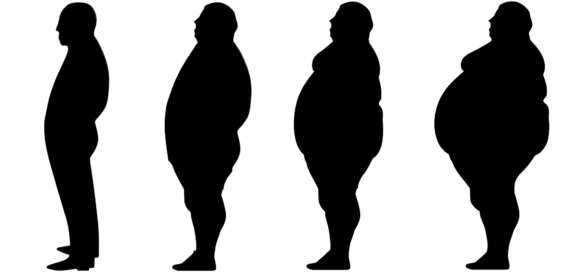Obesity is characterized by excess body fat. Excess body fat can be determined a number of ways; the most common being the calculation of body mass index (BMI) (which is weight divided by height squared). People are overweight when their BMI reaches 25 or more. They have obesity when their…
Discover Our Obesity Guide
The Body Mass Index (BMI) is a calculation of a person’s weight relative to their height. Population studies have shown that at either end of the spectrum, people with very low or high BMI are at greater risk of disease and mortality. Weight categories of underweight, normal weight, overweight, or…
Approaches to Weight Management What and how much we put into our mouths, and how much of it is absorbed is at the heart of obesity treatment. Dietary intake is central regardless of whether the approach to obesity treatment is lifestyle changes, medication, or surgery alone or combined. Dietary Approaches…
At rates of over 60% according to Statistics Canada, more Canadians are overweight than not. Moreover, almost one in 4 Canadians have obesity. In Canada, for the past two decades, assessments of fitness levels of Canadians have relied almost exclusively on the body mass index (BMI) because it can easily be…
Myths Look what he’s done to himself. If only he had self-control, or wasn’t so lazy.” In fact, obesity is a complex illness caused by your environment, genes, emotional health, lack of sleep, medical problems, or even some medication you might be on. For example, some medications decrease the ability…




